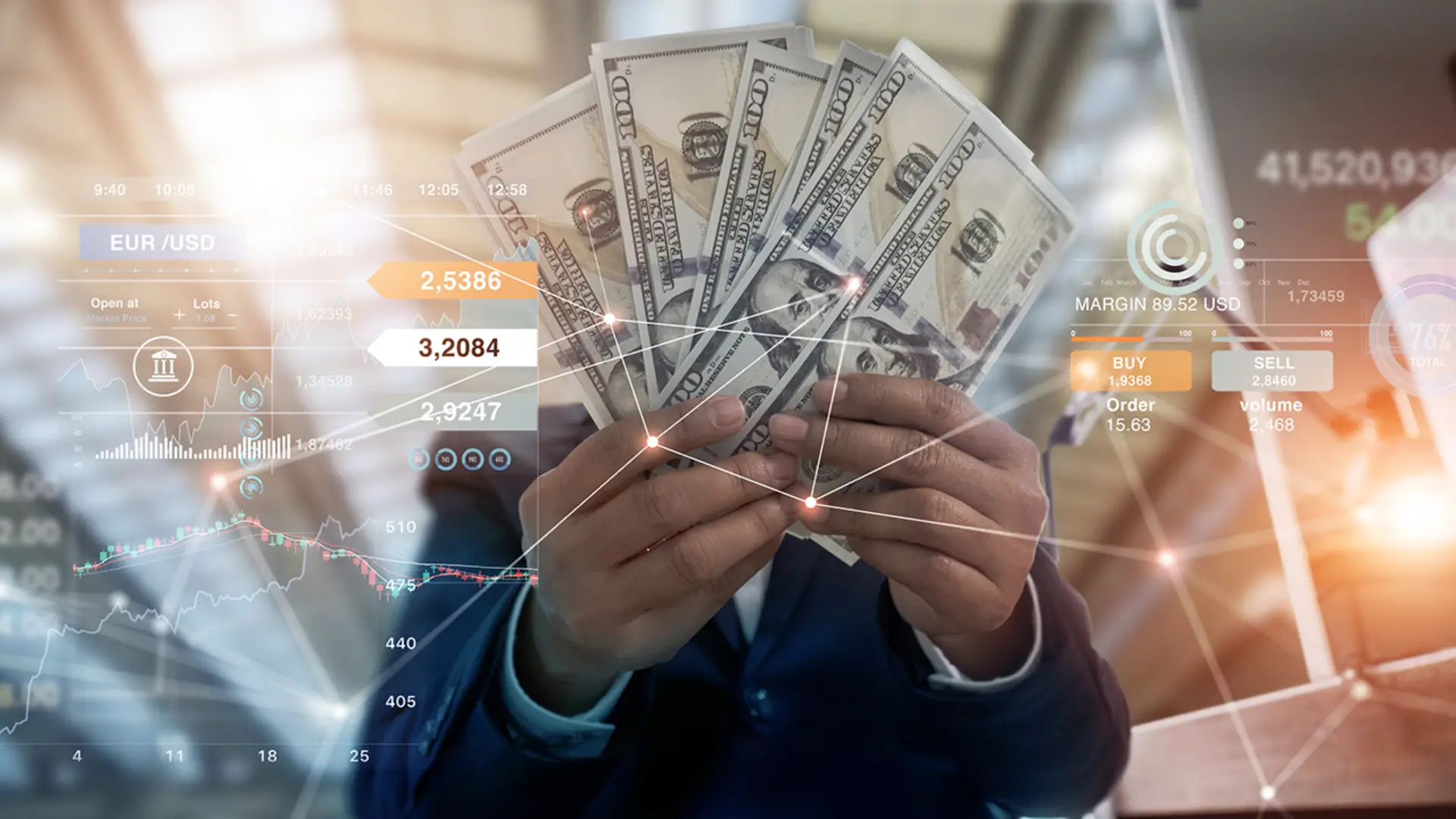
Financial Markets Review in the Second Quarter
Financial markets spent the second quarter of 2022 amid worries about a possible recession and central banks' tightening policies, which made it more like markets' winter in many ways.
Hot inflation hit 40-year record highs around the world
Large economies are under pressure from rising inflation and declining consumer confidence, raising concerns over the risk of a recession. As expected, US inflation hit its highest level in 40 years in May. The economy is experiencing inflation of 8.6 per cent, which has been unprecedented since 1982. Inflation in the European Union has also crossed the 8% mark and is on the way to double digits in the UK, and this is the highest EU record since the 1990s. Skyrocketing energy and commodity prices have fueled general production costs and higher inflation on both supply and demand sides.
Aggressive tightening policies
Central banks adopted the strongest contractionary policies in the second quarter to curb inflation. The Bank of New Zealand was the first major central bank to raise interest rates in the second quarter. During the April and May meetings, the bank increased the interest rate by 50 points, reaching 2%. With a series of rising interest rates, the US Federal Reserve is pursuing the most aggressive rate hikes among its peers. During its meetings in May and June, the bank raised interest rates by 50 and 75 basis points, respectively, to 1.75 per cent. Also, in the last three months, the Bank of England increased the interest rate by 25 points each in consecutive meetings, bringing it to 1.25%. While interest rates are being held at zero by the European Central Bank. However, following months of delays, the bank is set to raise interest rates in the third quarter. Currently, the Bank of Japan is the only big bank that insists on keeping its monetary policy unchanged and maintaining a negative interest rate.
The greenback is still the king
The sharp rise in interest rates in the foreign exchange market has made the greenback the king across the FX markets. The dollar hit a 20-year high against the yen in June, while the euro fell to its lowest level against the dollar in five years. Furthermore, the British pound continues to fall against the dollar for a sixth consecutive month.
Sharp rate hikes weigh gold prices
Non-yielding assets were under pressure in Q2 due to rising interest rates. Precious metals were mostly in favour of bears in the second quarter. With gold falling to its lowest level in 2022, around $1,785 in May, following a free fall from the $1996 high in April, gold was among the most bearish assets. One of the most significant quarterly slumps since the beginning of the pandemic in 2020.
Stock markets experienced one of the most significant losses in a decade due to concerns about declining corporate earnings, sharp tightening policies, and the slowdown in inflation-stricken economies. Markets plunged more than 20% in mid-June, signalling a long-term downward trend.
Bitcoin plunged 62% in Q2
Cryptocurrencies hold the number one spot in the most volatile market. The cryptocurrencies melted down and fell below $1 trillion in market capitalization. Bitcoin, which is the most traded cryptocurrency, fell from $ 47,000 to less than $ 17,500. A number of new blockchain projects were destroyed, including Luna. The sharp decline in cryptocurrency prices plunged cryptocurrency exchanges into crisis.
Economic slowdown
During Q2 2022, economic indicators lowered due to slowing economic growth and low consumer confidence across Europe and the United States. Furthermore, the war in Ukraine continued to complicate the situation for policymakers, especially the European Central Bank.
Market outlook for the rest of the year
The stock market is expected to continue to drop in the second half of the year due to fundamental headwinds.
With the central banks' monetary policies convergent in the upcoming months, it is expected that major currencies will be able to offset some of their losses versus the dollar.
Dollar indexes and interest rates have always been negatively related to gold. The current price of gold has been affected by both of these factors. However, gold's performance in the second half of the year will be heavily influenced by inflation. A review of historical data shows that safe-haven gold can be a great hedge against inflation, as gold usually follows inflation with a delay. Thus, the gold price can resume growing if central banks fail to contain inflation. Moreover, with a slowing economy, other markets will become less attractive for investment.